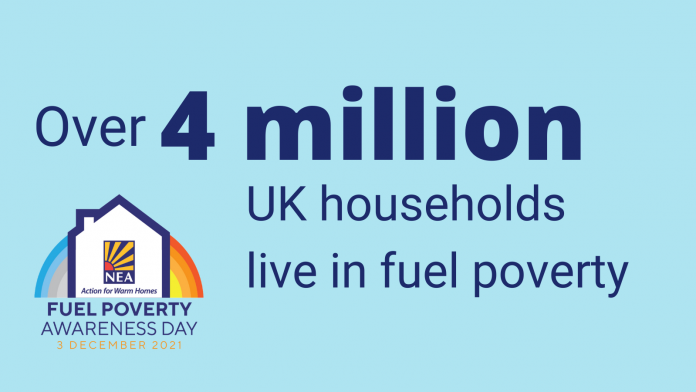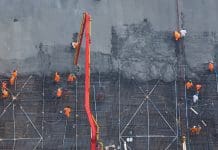Following Fuel Poverty Awareness Day last week, SWPA look at what more can be done to help the 4 million households that live in fuel poverty
Last week, on the 3rd of December, it was Fuel Poverty Awareness Day. The statistics behind the day are shocking, to say the least.
Figures from the charity National Energy Action (NEA) show that over 4 million households live in fuel poverty, which is hardly surprising given that it’s estimated that the increase in the Default Tariff price cap cased over 500,000 more households into fuel poverty. In addition to this, the lowest income households have seen their income fall by £1000 per year.
More than the personal debt and the sacrifices these households are making – to eat or be warm, cold homes cost the NHS more than £2 billion every year in England and Wales. A truly phenomenal sum.
The NEA gave some excellent recommendations for the UK Government and Ofgem to tackle this crisis, but with priorities and agendas at a national and local level that can feel competing, what more can be done?
What if we take the ‘fuel’ out of fuel poverty?
We are all aware of the climate crisis, the use of fossil fuels to heat our homes is causing a strain on both our planet and our lowest income households. A retrofit programme, to upgrade UK households would reduce both fuel costs and carbon footprints!
With recent reports showing just how damaging our homes can be to the environment, this seems like the win-win scenario we’re looking for.
Arup has crunched the numbers and estimated that the retrofit cost is only £4,000 – £5,000 per home, with benefits to households, the NHS, and the planet this cost seems minimal.
How can this be achieved?
Ideally, the UK government will provide a national retrofit programme, but in the absence of this local authorities and housing associations can utilise the governments current schemes, such as the Social Housing Decarbonisation Fund, to achieve this goal.
The SWPA Energy Efficiency Measures & Associated Works (N8) framework can be used for retrofit programmes through the installation of 21 energy efficiency measures delivered through two workstreams.
This framework can also be used by other public sector bodies, including NHS Trusts, Blue Light, and the education sector, meaning that we can reduce heating costs, and support net zero goals across the board.














